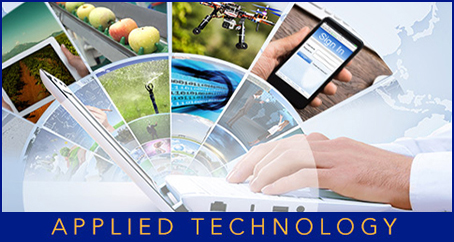“This technology will have the ability to report the exact GPS location of the pest, and the grower can then send predator mites, for example, to go out and target it,” says Gary Wishnatzki, co-founder of Harvest CROO and head of third-generation family-owned Wish Farms. “It’s an advantage that producers will find useful and economically beneficial.”
The lack of steady, available labor, Wishnatzki explains, is behind his exploration of robotics as a service. The produce industry has traditionally depended on migrant labor, mostly from Mexico, to do the picking. Between a rise in political wrangling and more opportunities at home, fewer Mexican laborers are crossing the border to work in U.S. fields. It also became clear that a tighter labor market would mean higher costs for growing operations, most of which already operate on thin margins.
“This labor trend isn’t going to reverse itself or stabilize, it’s going to get worse,” Wishnatzki says. “If we don’t figure this out with automation, we’re either not going to have the produce we want or we won’t be able to afford it.”
The answer, he says, is automation. As humans phase themselves out of many jobs in the field, the need for technicians to oversee the development and maintenance of this technology will grow. “The technology will evolve into other commodities beyond berries,” he predicts. “The future is becoming more automated and less manual.”
A Smarter Supply Chain
Other companies sell IoT solutions for functions throughout the food supply chain. LinkFresh, a Cambridge, England-based company, offers an ERP [enterprise resource planning] software system that gives its customers a single point of reference for their operations, providing data on perishability and traceability from harvest to shipment to retailer.
According to Richard Jones, LinkFresh’s chief technology officer, the company’s system not only covers inventory control, EDI, pallet tracking, and more, it also interfaces with a customer’s equipment, such as grading machines and forklifts. A grower using the LinkFresh system can make traceability data available from IoT devices—such as smartphones or tablets—to a packer, and a packer can make it available to the distributor and then to the retailer, and on down the chain.
“It’s a way of putting pertinent information about growing conditions and quality into the hands of the people who need it,” Jones explains. “And it adds a layer of transparency to all operations.”
Transparency is also important to SafetyChain Software’s mission. The San Francisco company’s management and monitoring solutions tackle food safety and quality management, compliance, and more, serving as the platform into which IoT data is reported, collected, and analyzed.
“We provide a repository for all that information and the tools for accessing it,” remarks Eric Hansen, director of technical solutions. “There’s a process, visibility, and rigor that hasn’t been there before.”



